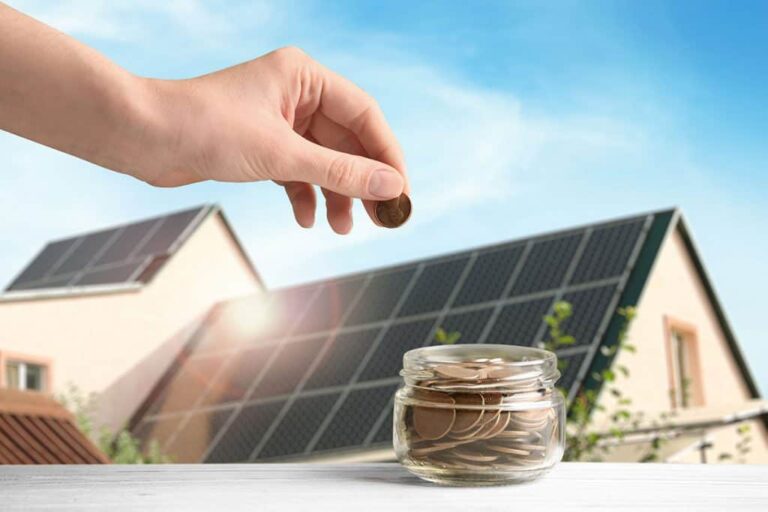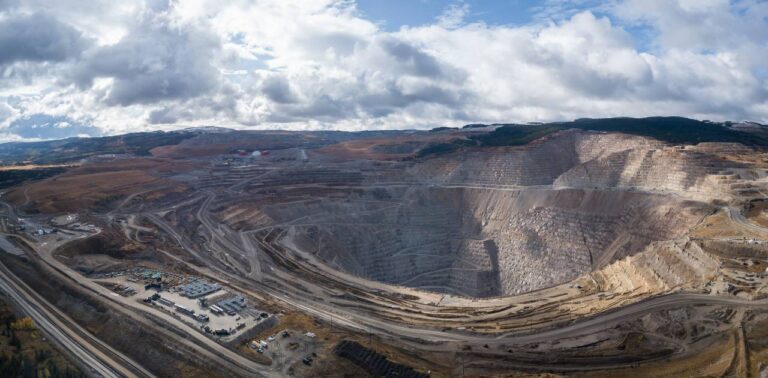Advertisements
Recycling has been an essential practice to mitigate the environmental impacts caused by improper waste disposal. Among the items that cause the most concern are: disposable diapers, which take about 500 years to decompose. However, an innovative solution is turning this problem into an opportunity for environmental preservation and economic development. In this article, we will understand how used diapers become tiles and plastic pipes, and how this technology can change the fate of this waste, which is so present in our daily lives.

The Problem of Diaper Disposal
To the diapers Disposables are one of the main items discarded in landfills. In the UK alone, it is estimated that over 8 million diapers are thrown away every day, which represents a gigantic volume of waste. In addition to diaper children, there is also the disposal of geriatric and personal hygiene products, such as sanitary pads, which contribute significantly to the accumulation of waste.
It is estimated that a maternity ward with 100 beds produces 7 to 10 tons of diapers used per year, representing around 15% of the total waste generated by the unit. In addition, healthcare institutions that care for the elderly produce between 13 and 20 tons of this type of waste annually. In addition, we still have the disposal of feminine pads, which total 200 tons per year in the United Kingdom.
Environmental Impact
The problem with the diaper Disposable waste goes beyond the volume they take up in landfills. These products take centuries to decompose and release gases that are harmful to the environment, such as methane, which contributes to global warming. The continued use and improper disposal of diapers not only increase pressure on landfills, but also intensify climate problems.
Knowaste: The Company that Transforms Diapers into Tiles and Pipes
Knowaste, a British company, has found an innovative solution for recycling diaper and hygiene products. Instead of allowing this waste to remain in landfills, the company has developed a process that recycles these materials to produce plastic tiles and pipes.
The recycling process begins with the collection of discarded waste, which is sent to a specialized plant. The material is sterilized using autoclaves, ensuring the elimination of any contamination. Once sterilized, the components of the diaper – such as plastics and fibers – are separated and prepared for reuse.
The Transformation Process
The plastic extracted from diapers is transformed into small grains, which are later sold to industries that use them in the manufacture of construction materials, such as plastic wood, tiles and connecting pipes. This process not only prevents waste from taking up space in landfills, but also reduces greenhouse gas emissions. According to Knowaste, every ton of diapers recycled prevents the emission of 626 kilos of CO2, when compared to conventional disposal or incineration.
Environmental and Economic Benefits
In addition to the environmental benefits, the recycling process diaper offers economic opportunities. Knowaste estimates that its recycling capacity could reach 20% of the waste generated in the UK per diapers and absorbents, which would prevent the emission of up to 110 thousand tons of greenhouse gases per year. The potential for expansion of this market is immense, benefiting both the environment and the economy.
Emission Reduction
One of the biggest challenges in recycling diaper is to ensure that the process is economically viable and environmentally sustainable. Knowaste has demonstrated that it is possible to achieve both objectives. By preventing millions of diapers are disposed of in landfills, the company contributes to the significant reduction of harmful gases, such as CO2.
Furthermore, recycling these materials allows for the reuse of high-quality plastics, which can be used in various industries. This reuse cycle is a clear example of a circular economy, where waste from one sector becomes input for another.
How Used Diapers Could Transform the Construction Industry
The recycling of diapers Used plastics offer a new path for the construction industry. Recycled plastic can be used to manufacture high-strength roof tiles and pipes, materials that are widely used in infrastructure projects. By using recycled materials, the construction industry can reduce its dependence on virgin raw materials and contribute to the preservation of natural resources.
Sustainable Tiles and Pipes
The use of tiles and pipes made from diapers Recycled materials offer benefits in terms of durability and sustainability. These materials are resistant and have a long service life, which reduces the need for frequent replacements. In addition, because they are made from recycled waste, their production has a significantly lower environmental impact than conventional materials.
This innovation shows how technology can be an ally of the environment, transforming harmful waste into useful and sustainable products.
The Future of Diaper Recycling: Potential and Expansion
The process developed by Knowaste still has a lot of room for growth. The company currently recycles only a fraction of the waste generated in the UK, but the potential for expansion is huge. If the model were adopted in other countries, the environmental impact could be huge, preventing millions of tonnes of waste from being recycled. diapers are disposed of inappropriately.
Global Expansion
Other countries could adopt this technology, especially those with high consumption rates. diapers disposables. In nations like Brazil, where the consumption of diapers is high, implementing a similar initiative could drastically reduce the environmental impact of disposing of these products.
The expansion of the recycling process diapers for other markets would bring benefits to both the environment and local economies, creating jobs and reducing pollution.
Turning the Diaper Problem into an Opportunity
The recycling of diapers used is a promising solution to one of today's greatest environmental challenges. With the technology developed by Knowaste, it is possible to transform waste that would take centuries to decompose into useful products, such as plastic tiles and pipes. This innovation not only reduces the volume of waste in landfills, but also helps mitigate greenhouse gas emissions.
The future of recycling diapers depends on the expansion of initiatives like Knowaste's and the adoption of this technology by other countries. With the growth of this sector, we can imagine a world where waste that was previously seen as a problem is transformed into sustainable and profitable solutions.
The message is clear: used diapers become tiles and plastic pipes and, with this, they can help build a cleaner and more sustainable future.
Check out other interesting facts about recycling clicking here.
Learn how to make art by recycling, Click here.




It's really cool that 110 thousand tons of gases are not emitted per year!
This is what it means to be aware of the role of man here on planet Earth and to prevent our
Children are left without fresh air!
Are there any companies in Brazil that do this type of recycling?
Thanks
Unfortunately I don't know anyone who does this work in Brazil :-/
Unfortunately, here in Brazil there is no such company and none of this material.
goes straight to the landfill!!
Alan, if you want to write an article for the Recycling Sector, keep in touch!